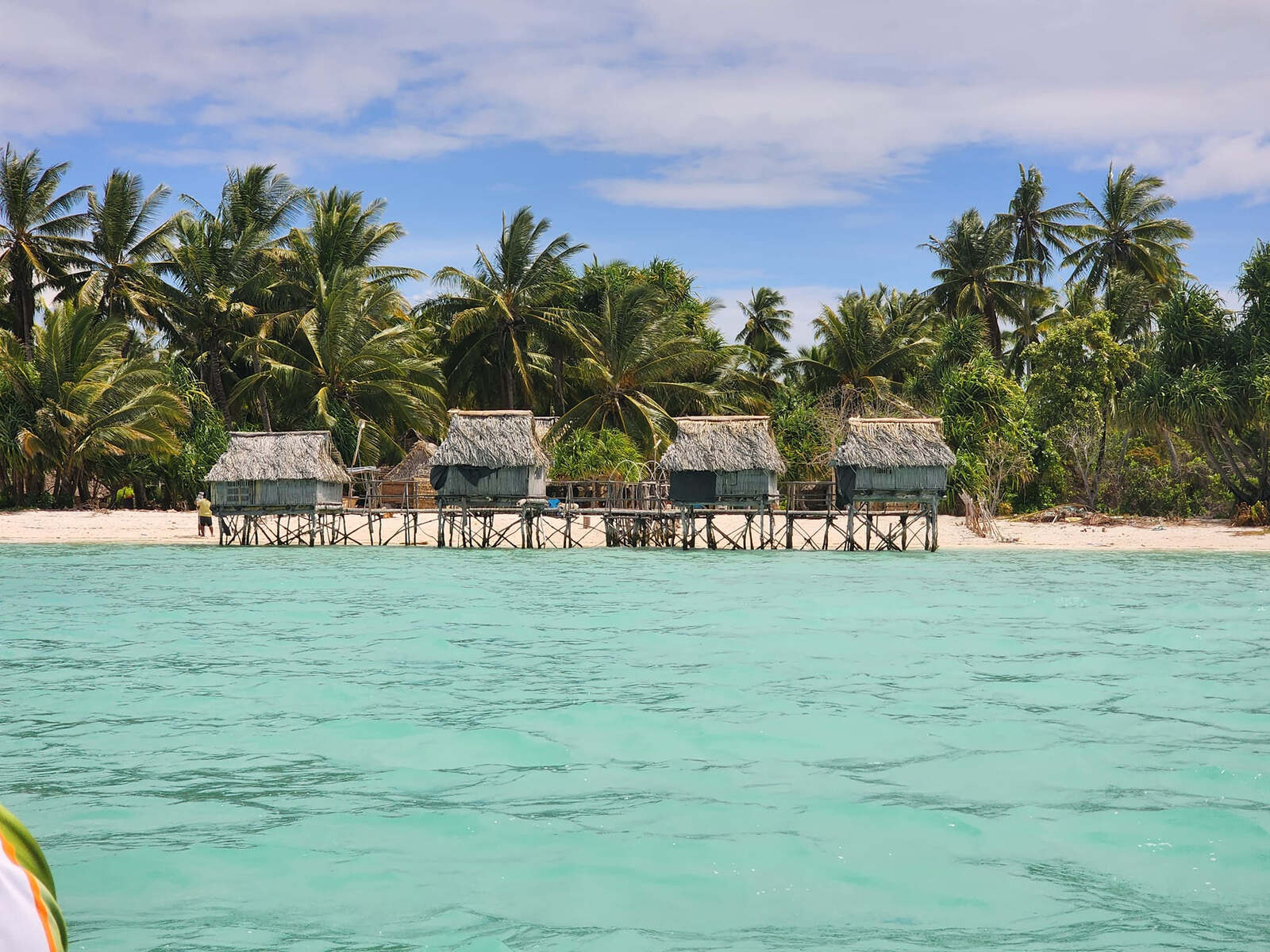
Ever wondered about the unique island nation of Kiribati? This fascinating country, located in the central Pacific Ocean, offers a wealth of intriguing facts. Kiribati consists of 33 atolls and reef islands, stretching across the equator. Despite its small size, it spans a vast area, making it one of the most dispersed countries in the world. The name Kiribati is the local pronunciation of "Gilberts," named after the British explorer Thomas Gilbert. With a population of just over 110,000, the people of Kiribati have a rich cultural heritage deeply connected to the ocean. Ready to learn more? Let's dive into ten captivating facts about Kiribati!
Key Takeaways:
- Kiribati is a small island nation with a big impact. Its unique geography and culture make it a special place, but rising sea levels pose a serious threat to its future.
- With only 33 atolls and reef islands, Kiribati is the only nation in all four hemispheres. Its economy relies on fishing and foreign aid, but the rising sea levels are a major concern for its future.
Kiribati's Unique Geography
Kiribati is an island nation in the central Pacific Ocean. Its geography is fascinating and unique in many ways.
- Kiribati consists of 33 atolls and reef islands spread over 3.5 million square kilometers of ocean.
- The country straddles both the equator and the International Date Line, making it the only nation to be situated in all four hemispheres.
- The capital, South Tarawa, is located on an atoll that is only a few meters above sea level, making it vulnerable to rising sea levels.
Population and Culture
Kiribati's population and culture are deeply intertwined with its environment and history.
- The population of Kiribati is around 120,000 people, with the majority living on the Gilbert Islands.
- Traditional Kiribati culture includes music, dance, and storytelling, which are essential parts of community life.
- The official languages are English and Gilbertese, with Gilbertese being the most widely spoken.
Environmental Challenges
Kiribati faces significant environmental challenges due to its low-lying geography.
- Rising sea levels pose a severe threat to Kiribati, with some predictions suggesting that parts of the country could become uninhabitable within the next few decades.
- The nation has already begun planning for potential relocation of its population, purchasing land in Fiji as a possible future refuge.
Economy and Resources
Kiribati's economy is primarily based on natural resources and international aid.
- Fishing is a crucial industry, with tuna being the most significant export.
- The country relies heavily on foreign aid and remittances from citizens working abroad to support its economy.
Kiribati's unique geographical position, rich culture, and environmental challenges make it a fascinating and important nation to learn about.
Kiribati's Unique Charm
Kiribati stands out with its rich culture, stunning landscapes, and unique challenges. This island nation, spread across the central Pacific, offers a glimpse into a way of life deeply connected to the ocean. From its traditional dances to the pressing issue of rising sea levels, Kiribati's story is one of resilience and beauty. The people of Kiribati, known for their warmth and hospitality, continue to preserve their heritage while facing modern challenges. Whether you're fascinated by its history, intrigued by its environmental struggles, or simply curious about a lesser-known part of the world, Kiribati has something to offer. This small but vibrant nation reminds us of the importance of cultural preservation and environmental awareness. So, next time you think of the Pacific, remember the unique charm of Kiribati.
Frequently Asked Questions
Was this page helpful?
Our commitment to delivering trustworthy and engaging content is at the heart of what we do. Each fact on our site is contributed by real users like you, bringing a wealth of diverse insights and information. To ensure the highest standards of accuracy and reliability, our dedicated editors meticulously review each submission. This process guarantees that the facts we share are not only fascinating but also credible. Trust in our commitment to quality and authenticity as you explore and learn with us.


